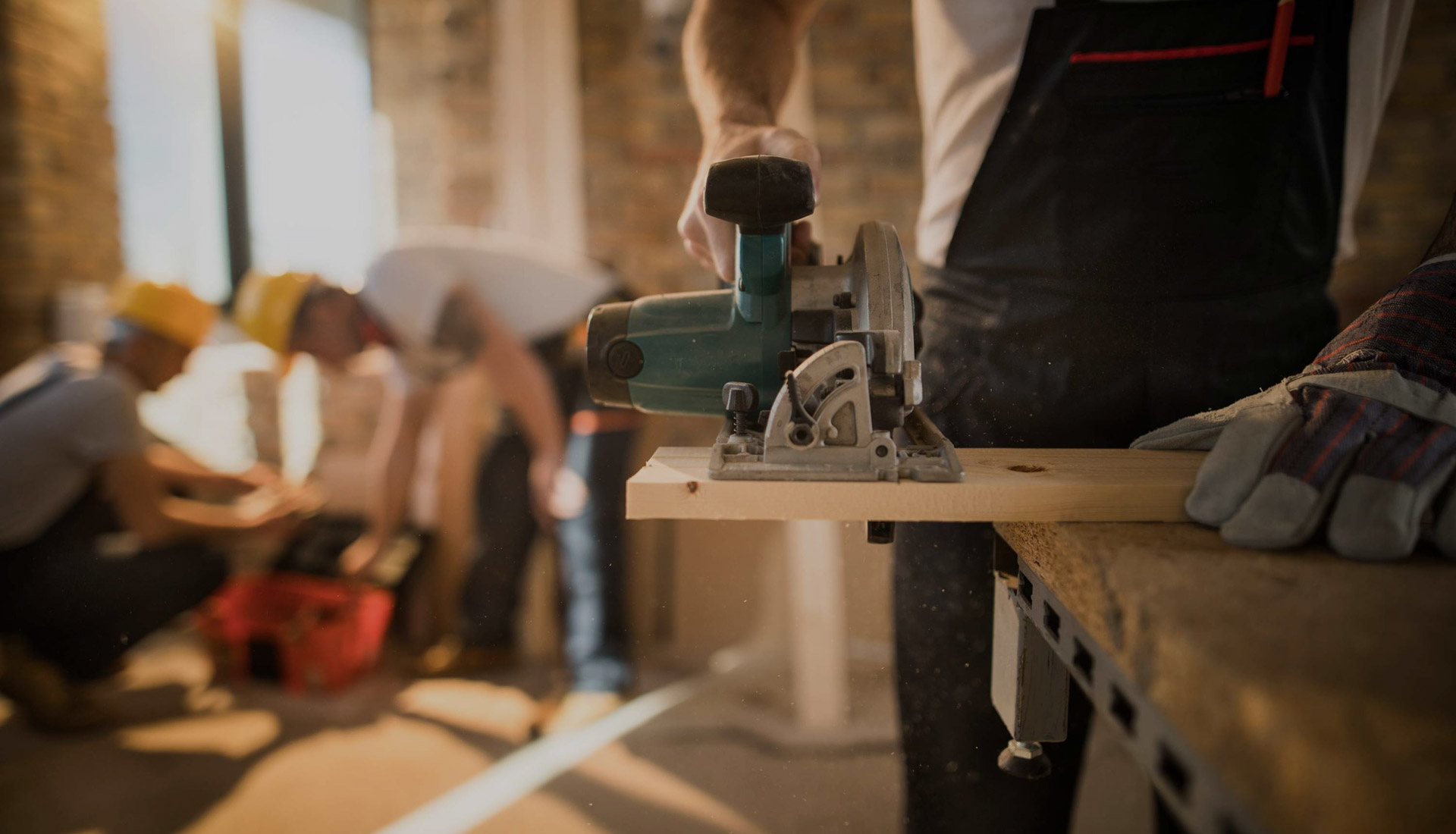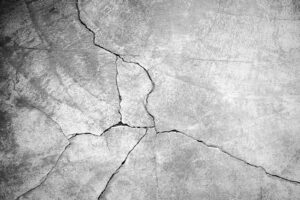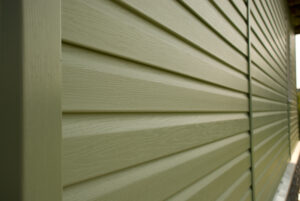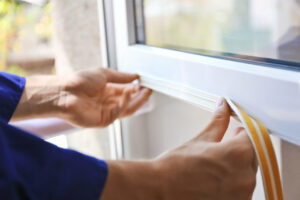
Signs Your Stucco Needs Immediate Attention
Stucco is one of the most durable and attractive exterior finishes, especially popular across San Francisco and Marin County for its classic Mediterranean look and ability to withstand coastal weather. But while stucco can last for decades, it isn’t invincible. Cracks, stains, and other issues can signal deeper problems that require immediate attention.
Left untreated, small stucco issues can lead to water intrusion, structural damage, and costly repairs. Knowing the warning signs early will help you protect your property and preserve its curb appeal.
Here are the top signs your stucco needs immediate professional care.
1. Cracks in the Stucco Surface
Not all cracks are created equal. Hairline cracks may be normal as stucco cures, but larger or spreading cracks can indicate serious trouble.
- Hairline cracks (< 1/16 inch wide): Often cosmetic, but they should still be sealed to prevent moisture from entering.
- Spiderweb cracks: Can signal improper application or curing problems.
- Diagonal or stair-step cracks: May suggest foundation settling or structural movement.
In San Francisco, where buildings often sit on hillsides, and in Marin County’s coastal zones, shifting soil can make cracks worse. If you see expanding or deep cracks, call a professional for stucco inspection and repair.
2. Staining or Discoloration
Dark streaks, patches, or discolored areas are often signs of moisture intrusion beneath the stucco surface. Water seeping through cracks or around windows can leave mineral deposits (efflorescence) or cause mold growth.
In the Bay Area’s foggy climate, moisture is persistent. Stains may look harmless at first, but they usually indicate water isn’t draining properly. Professional stucco repair in San Francisco or Marin County can stop the damage before it spreads.
3. Bubbling, Blistering, or Soft Spots
If your stucco surface looks bubbled or blistered, or if sections feel soft when pressed, it’s a major red flag. This often means water has become trapped inside the stucco system, weakening its bond to the underlying structure.
At-Home Test: Lightly press on the bubbled or uneven area with your hand or the blunt end of a screwdriver (never sharp tools, which can puncture the stucco). If the stucco feels soft, spongy, or crumbles easily, it indicates moisture damage beneath the surface. In some cases, tapping gently on the area may produce a hollow sound, another sign the stucco has detached from the lath or substrate.
4. Mold or Mildew Growth
Stucco should resist moisture, but once water gets inside, it creates the perfect breeding ground for mold and mildew. These growths are not only unsightly but can also damage your home’s structure and indoor air quality.
Watch for:
- Green or black spots on the stucco surface that don’t wash away easily.
- Musty odors inside your building near stucco walls, especially after rain or foggy weather.
- Interior drywall stains near exterior stucco, often yellow, brown, or gray.
- Peeling or bubbling interior paint, a sign moisture is traveling inward.
- Condensation on interior windows or walls, indicating trapped moisture.
- Soft or spongy wood trim around stucco openings, which may point to deeper damage.
Mold can affect your health as well as your building’s integrity. If left untreated, moisture trapped behind stucco doesn’t just cause mold; it can also lead to dry rot, a form of wood decay caused by fungi. Dry rot weakens framing, window sills, and structural supports, often spreading silently until major repairs are required.
If you notice mold, mildew, or early signs of dry rot, call a stucco repair contractor in Marin County or San Francisco right away. A professional inspection can locate the moisture source, repair the damaged stucco, and prevent long-term structural problems.
5. Gaps Around Windows and Doors
Stucco works best when it’s sealed tightly around openings. Gaps or cracks where stucco meets windows, doors, or trim can allow rainwater to seep in, leading to water damage and dry rot in the framing beneath.
This issue is especially common in older San Francisco properties where original stucco has worn down. Sealing and re-flashing around openings may be required, along with patching the stucco.
6. Bulging or Uneven Surfaces
If you notice sections of stucco bulging outward or pulling away from the wall, this is a serious problem. It often means the lath (metal mesh beneath the stucco) has corroded or detached, leaving the stucco unsupported. This problem won’t fix itself and can lead to dangerous chunks falling off the exterior. Immediate professional repair is essential.
7. Water Damage Inside the Structure
One of the clearest signs your stucco is failing is damage you can see indoors:
- Peeling paint or bubbling wallpaper
- Stains on drywall or ceilings
- Warped baseboards or flooring
- Musty odors indoors, a warning sign of mold growth from excess moisture.
- Cracked or crumbling plaster walls, especially near exterior stucco surfaces.
- Soft or spongy spots in drywall, which can signal water has seeped through and weakened materials.
- Visible mold growth on walls or ceilings, often black, green, or gray patches.
These signs often mean water has traveled through the stucco and into your property’s interior. At this stage, repairs are urgent to prevent structural damage and mold growth.
8. Fading or Chalking
Over time, stucco color can fade from UV exposure or develop a chalky residue when touched. While this isn’t as urgent as cracks or water intrusion, it still signals that your stucco’s protective finish is wearing away. Applying a fresh coat of paint or elastomeric finish can restore protection and appearance, preventing future moisture problems.
Why Stucco Problems Shouldn’t Wait
Unlike some exterior issues, stucco problems rarely stay small. Cracks allow water in, stains show moisture already inside, and bulges suggest structural weakness. In a climate like the Bay Area’s, with fog, rain, and salty sea air, these issues accelerate faster than in drier regions.
Immediate stucco repair or replacement helps you:
- Avoid costly structural damage
- Improve energy efficiency by sealing leaks
- Maintain your building’s beauty and curb appeal
- Increase property value in San Francisco’s competitive housing market
Professional Stucco Repair vs. Replacement
- Repair is best for small cracks, surface stains, or minor gaps around windows and doors.
- Replacement may be necessary when large sections are soft, bulging, or water-damaged.
At VCE, we provide honest assessments to help you choose the most cost-effective solution.
Conclusion
Stucco is a durable and beautiful exterior finish, but only when it’s properly maintained. If you notice cracks, stains, bubbling, or any of the warning signs above, don’t wait. Buildings in San Francisco and Marin County face unique weather challenges that can quickly turn minor stucco issues into major repairs.
Contact VCE for Stucco Repair in San Francisco & Marin County
At VCE, we provide expert stucco repair, replacement, and installation services designed to withstand the Bay Area’s unique coastal climate. From small patch jobs to complete stucco resurfacing, our team ensures your home or building stays protected, beautiful, and structurally sound. Contact us today to schedule a free inspection and consultation, and let VCE help you safeguard your property, improve curb appeal, and enjoy lasting peace of mind.







